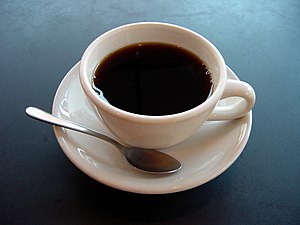
Some of you might be asking what’s with decaf? Why do coffee drinkers make a big deal out of it? Well coffee contains caffeine. This is a natural supplement and is present in every kind of coffee. Some will have more while some will contain less. Caffeine is where coffee gets that all too famous stimulating power. On the average, depending on the kind of coffee, the caffeine content is from 0.8 percent and 2.5 percent. The caffeine also affects the taste of the coffee.
Decaffeinated coffee has the absence of caffeine in the coffee. The reason for this is that some people have adverse reactions to caffeine. So the market of decaf coffee is really those people who want to enjoy the taste of coffee minus the caffeine. Since caffeine is a natural occurring active ingredient, decaf has to be manufactured. Although decaf in essence is a non-caffeine containing coffee, in reality industry regulators can already classify coffee decaf when it contains a mere 0.1 percent caffeine.
Caffeine is extracted from the unroasted green beans. When your roast coffee beans, the flavor comes out so it would be best to remove the caffeine from green beans. Manufacturers use caffeine-selective solvents to get the coffee stimulant out of the beans. Solvents can be water or dichloromethane.
When manufacturers use water as solvent, the green coffee beans are rinsed with it for a long time. After some time, the caffeine dissolves. The water containing the dissolved caffeine then passes through an active carbon filter which absorbs the active stimulant. The beans are then air dried, roasted, ground and packed. Almost the same process is involved when using the dichloromethane process. The solvent just differs and an added step of steaming the beans to remove any remaining solvent is added.
Modern technology has made it possible to extract caffeine from the beans but retain the flavor and aroma of the coffee. This was one of the fears of coffee drinkers when being served with decaf, that the coffee will not taste like coffee at all. But with the current process, the same type of coffee should taste the same even if it is decaf.
![Reblog this post [with Zemanta]](http://img.zemanta.com/reblog_e.png?x-id=0143c961-582c-4f56-b667-42a0f66335b5)
Comments
Post a Comment